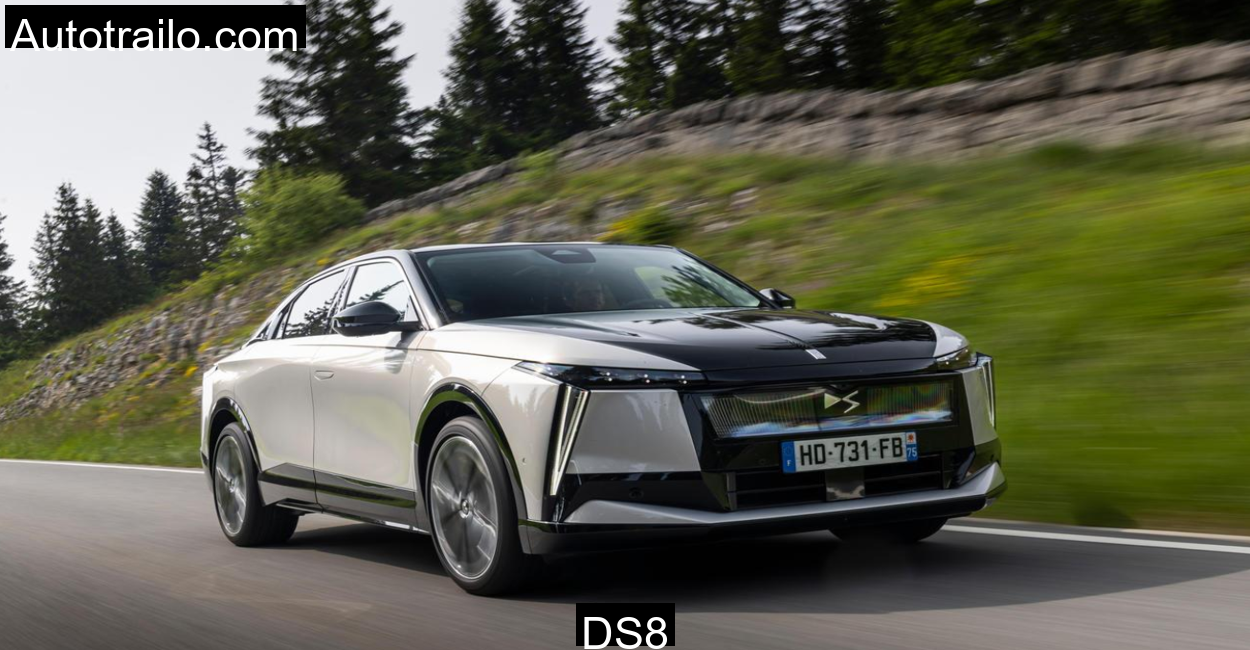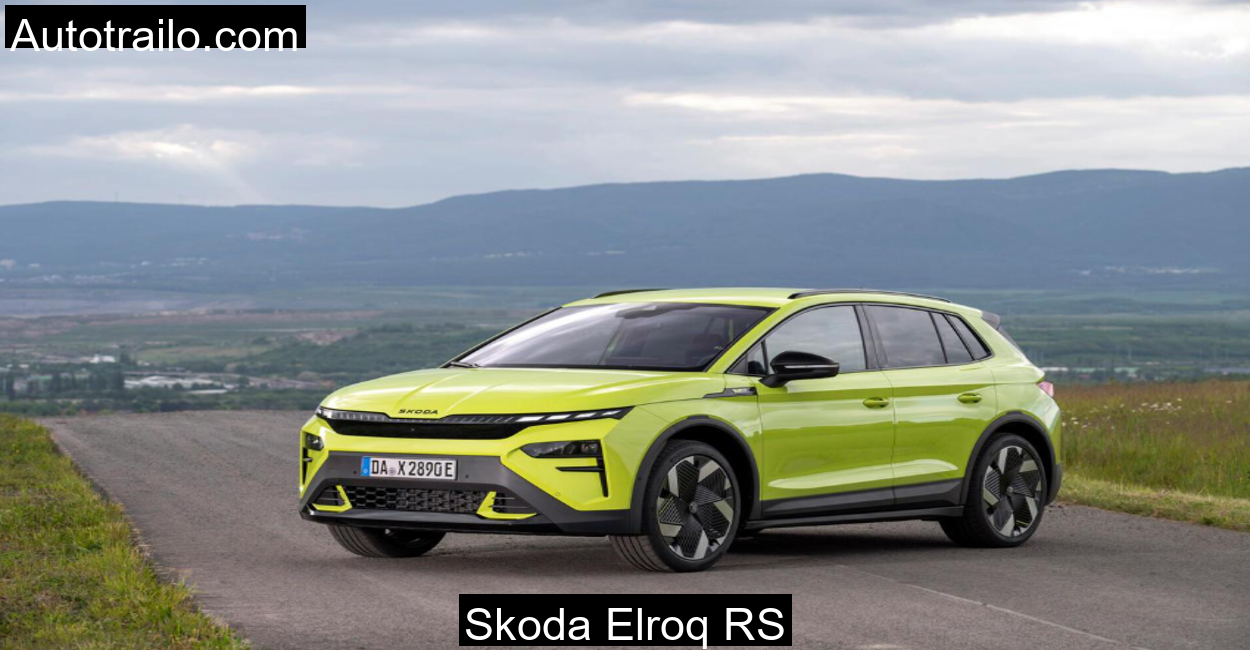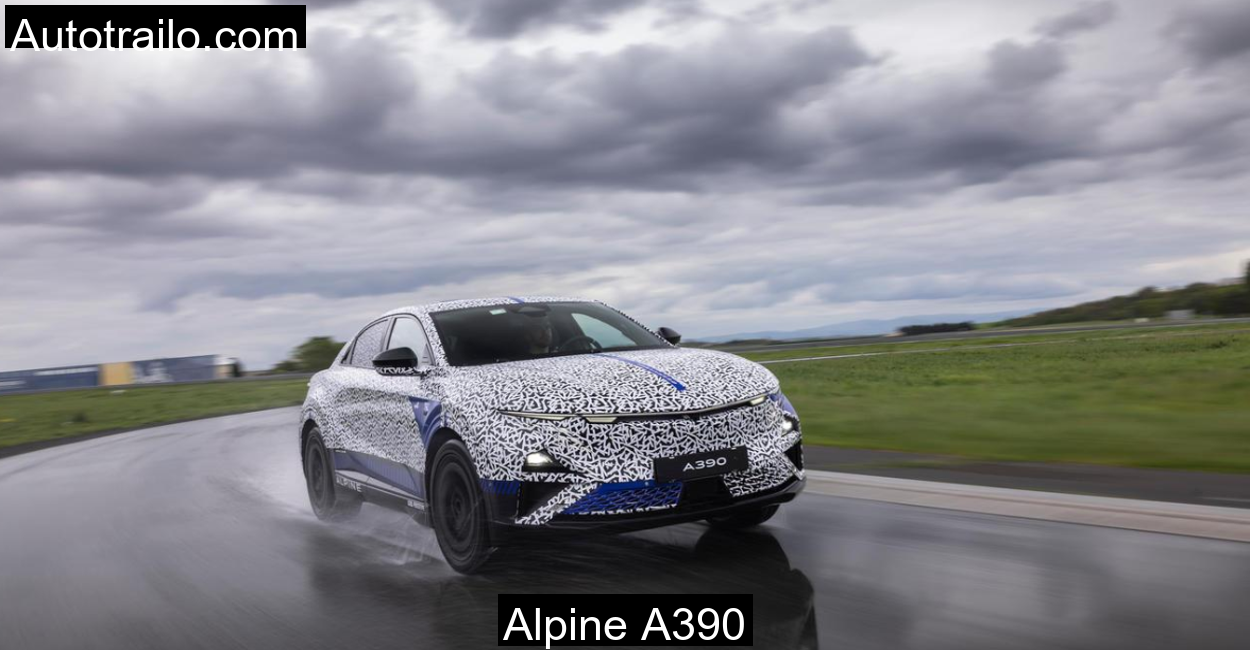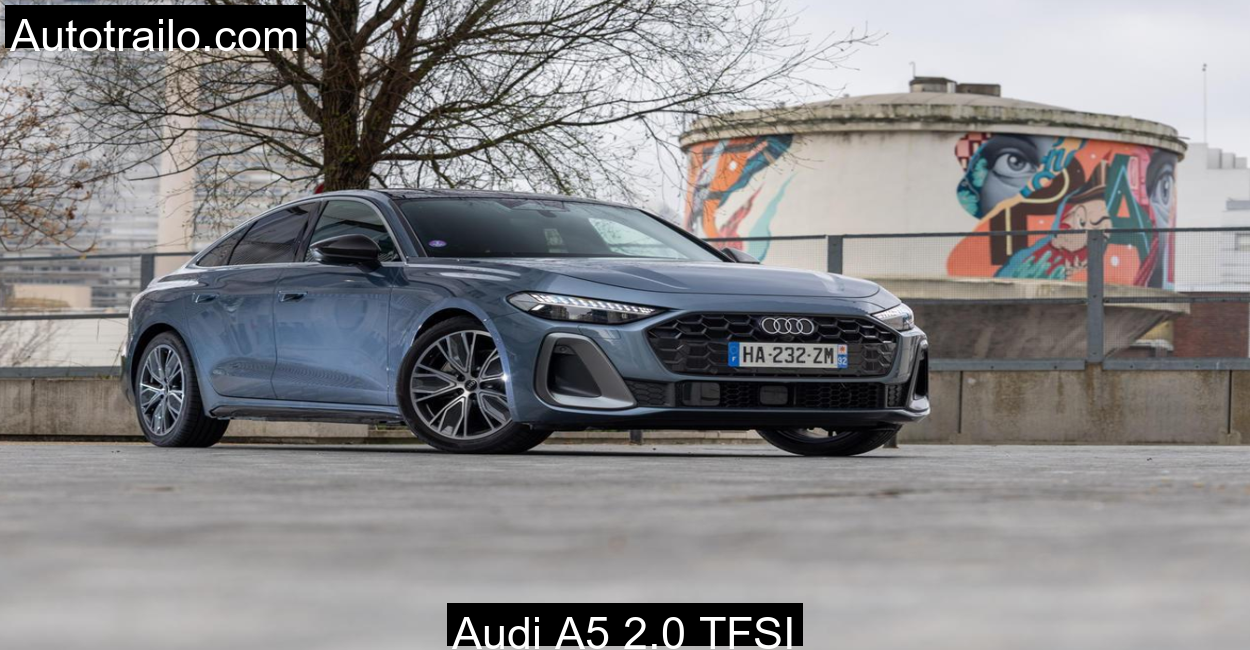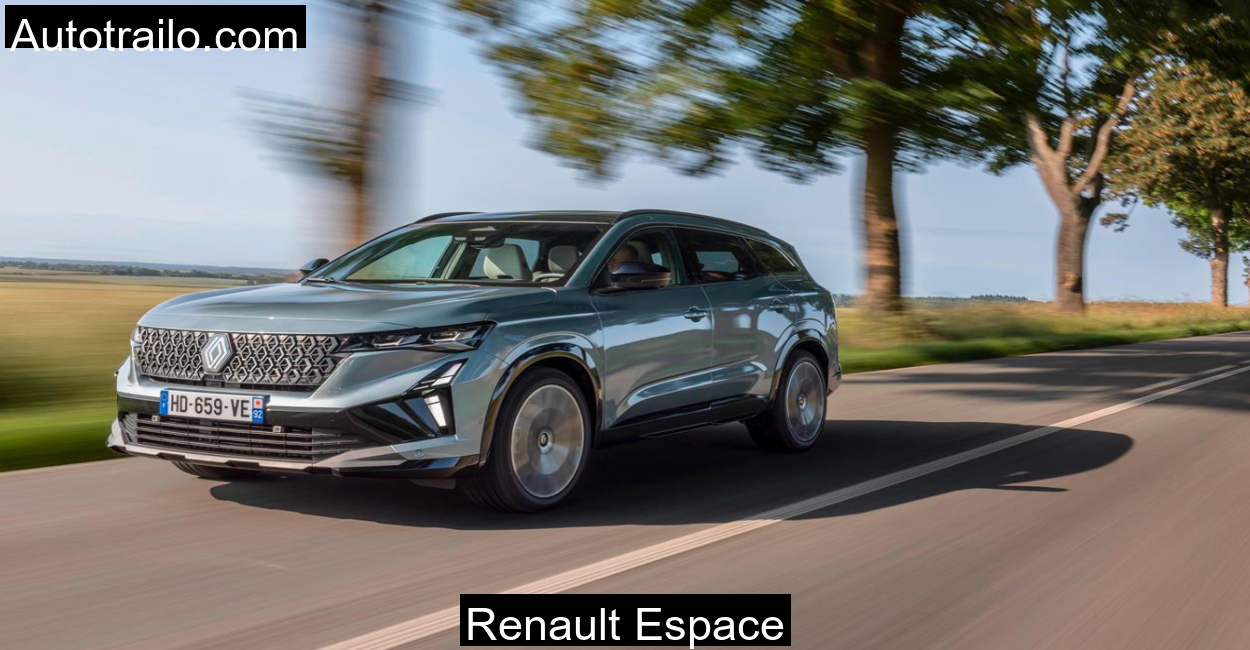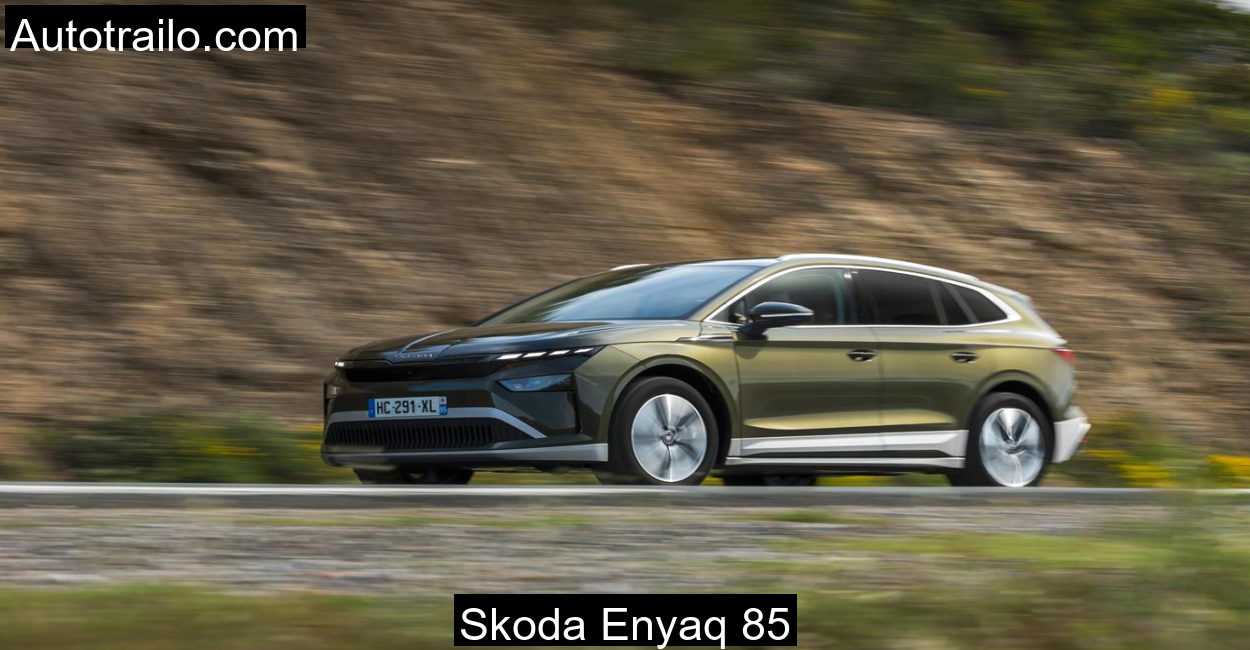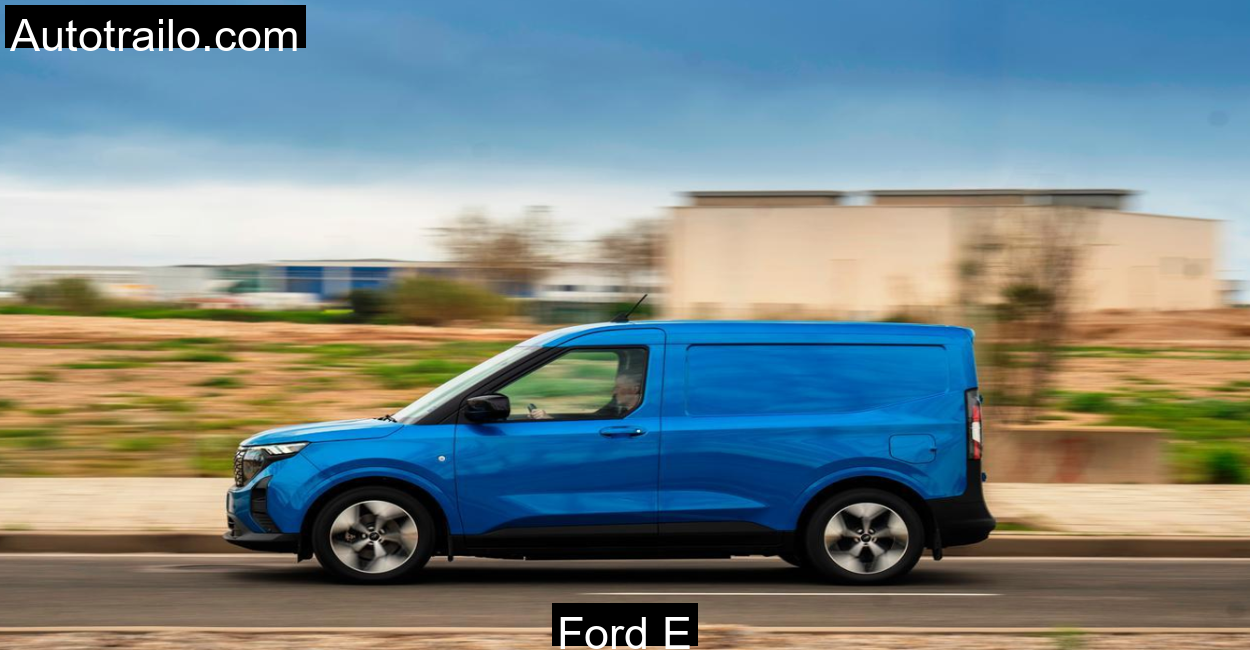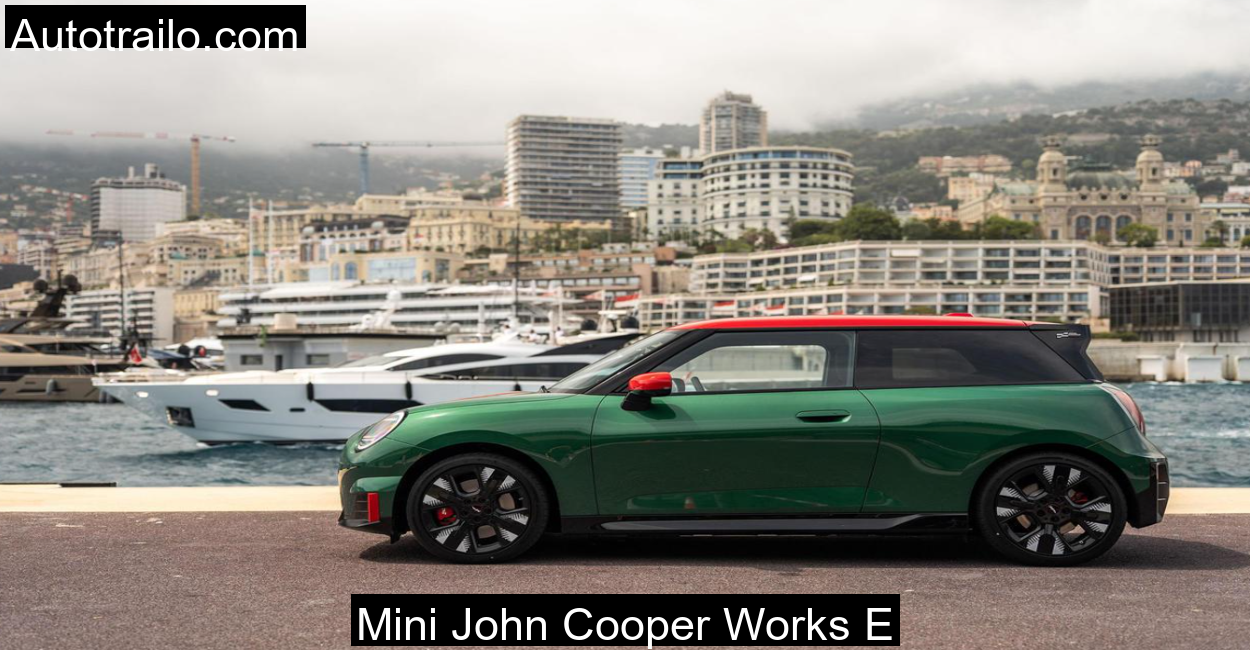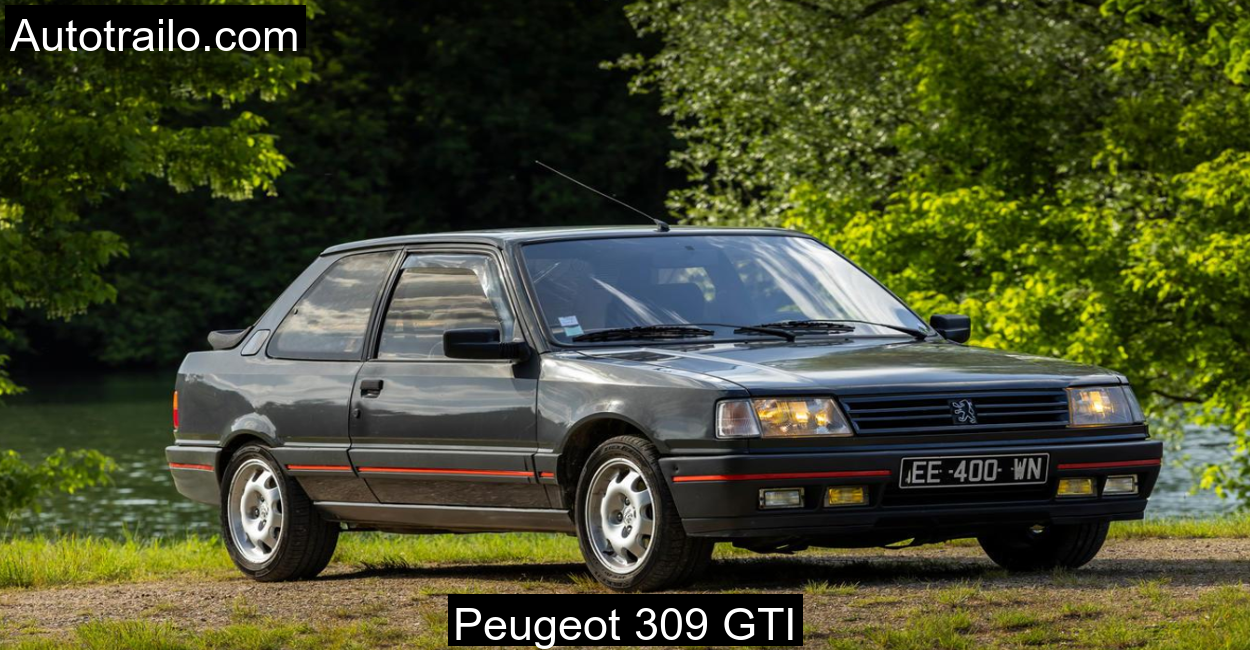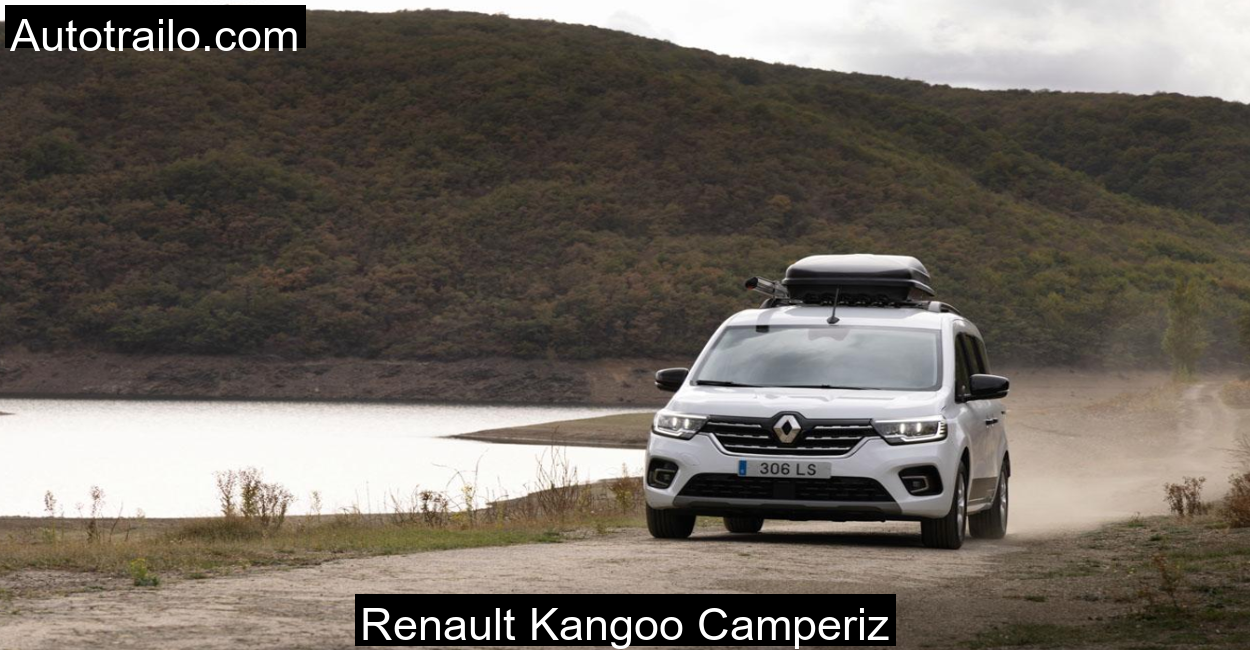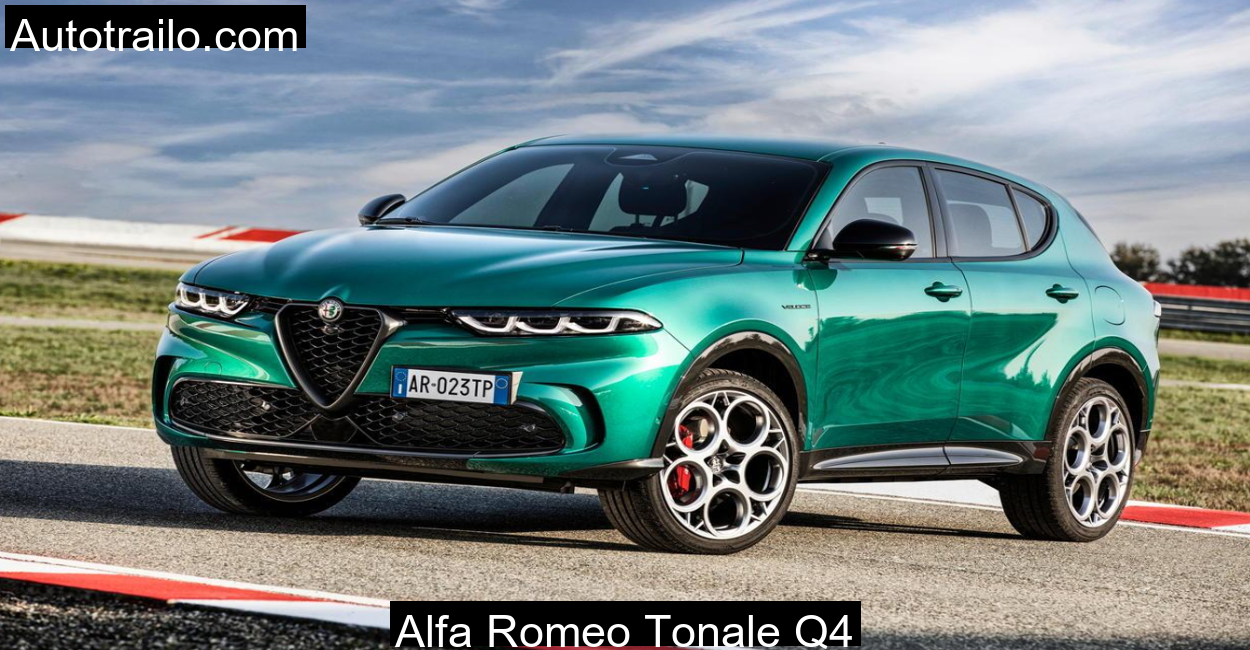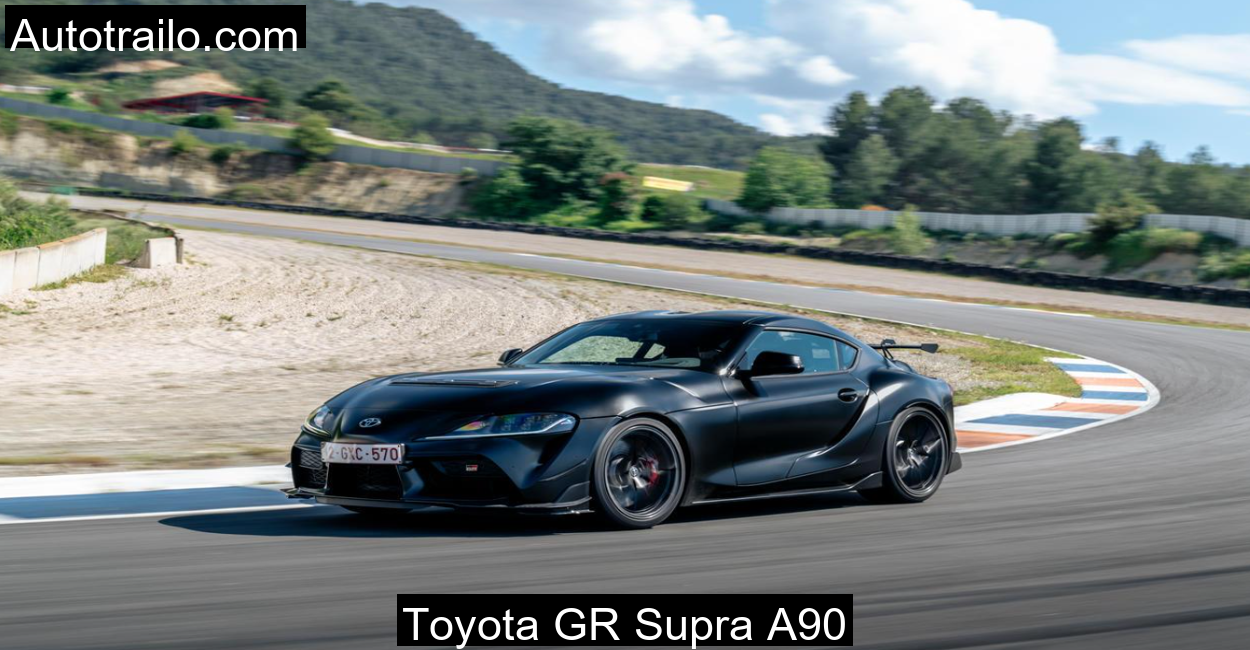Introduction: The Car, The Bridge, and The Ambition
Very few locations in India offer the vastness and tranquility found on the Dhola-Sadiya Bridge, which stretches more than 9 km over the Brahmaputra River in Assam. It is an engineering marvel and a symbol of connectivity and progress, connecting the Northeast to the mainland. It was the perfect setting to experience the DS No. 8 AWD, the premier electric SUV from the French automaker. Built with a focus on refinement and resilience, the car demanded a proving ground that resonated with its character. The Bhupen Hazarika Setu, as the bridge is formally known, provided that canvas, endless, open, and fluid, a place where the DS No. 8 could glide effortlessly and prove its poise under real-world conditions.
Before the wheels even touched the concrete stretch, there was anticipation. I had read about the DS No. 8’s near-mythical 688-kilometer range and its 350 HP twin-motor setup. Numbers like that need a canvas wide enough to make them real. The DS isn’t just any electric SUV. It’s France’s statement of how comfort, technology, and sustainability can blend seamlessly into an object of movement. The bridge, with its boundless views and whispering breeze, provided the perfect setting to discover whether the car lived up to its promise. This journey was not just about how far we could go, but how well we could travel.
Table of Contents
Silence Across the Brahmaputra
Crossing the Dhola-Sadiya Bridge in the DS No. 8 felt less like a drive and more like a glide. From the moment the power button pulsed to life and the infotainment gently lit up, I was cocooned in near-silence. No engine vibrations, no transmission shunts, just the low, controlled hum of an EV waiting to obey. With the vast Brahmaputra flowing underneath, the experience turned surreal.
Comfort mode was the obvious choice as the journey began. The car’s camera-assisted suspension took note of the bridge’s joins and undulations, softening every roll and bump into an almost cinematic float. The four-spoke steering wheel, quirky at first, started making perfect ergonomic sense after the first few kilometers. What struck me most wasn’t just the physical comfort. It was the acoustic insulation. Even the wind, which normally whistles along such exposed stretches, seemed muted. Laminated glazing on all sides and intelligent aero design translated into a calm unlike any other car I’d driven.
The panoramic roof allowed me to soak in the overcast Assamese sky, while the plush Jules Verne trim enveloped the cabin in materials that wouldn’t look out of place in a boutique hotel. Alcantara, brushed aluminum, and deep-padded armrests made it feel like a lounge on wheels. Through that vast windshield, the bridge unfolded like a ribbon into the horizon, and the DS floated ahead without effort.
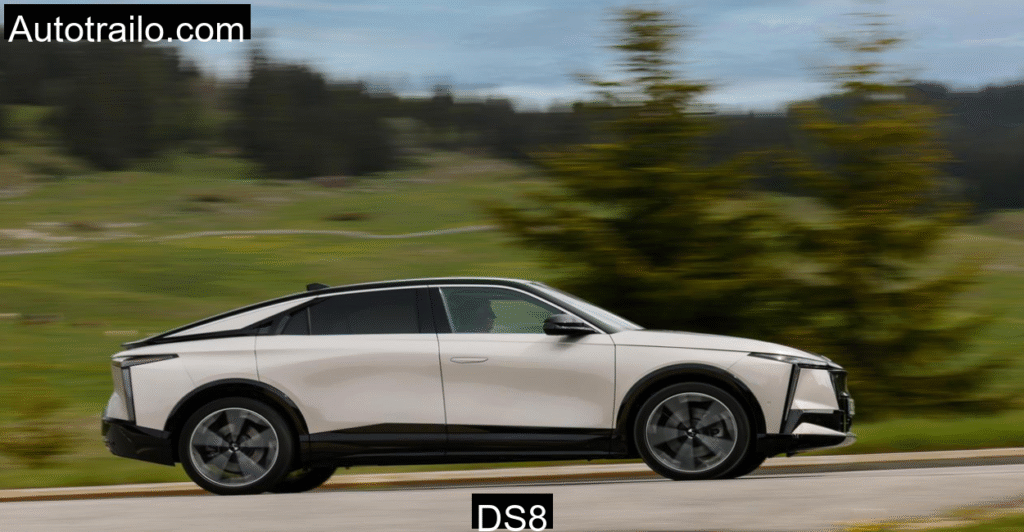
Torque When You Need It
While the drive was largely defined by its calm and composed nature, the DS No. 8 didn’t hesitate to reveal its muscle when prompted. Once off the bridge and into a section of rolling state highway, I toggled into Sport mode. Immediately, the throttle response sharpened. The dormant rear motor re-engaged without drama, and the combined 350 horses came alive.
From 40 km/h to 100 km/h felt almost instant. The push was smooth but assertive, like a gentle but firm shove on the back. It served as a subtle reminder that beneath its graceful demeanor lay the heart of a performance-focused machine. Despite its 2.2-ton weight, the DS could move with urgency. Hairpin-like bends near the tributary turns of the Brahmaputra were dispatched with poise, thanks in part to the battery pack’s low center of gravity.
The steering, while still light, felt more grounded in this mode. Feedback increased, and cornering had an added sense of command. Using the paddle shifters, I could fine-tune the regenerative braking across three distinct levels, allowing greater control over how the vehicle slowed itself down and how energy was recovered on the move. With some experimentation, I found the second level perfect for the rhythm of this terrain. It helped me settle into a flow where I could drive using just one pedal most of the time, a feeling both modern and strangely mechanical in its satisfaction.
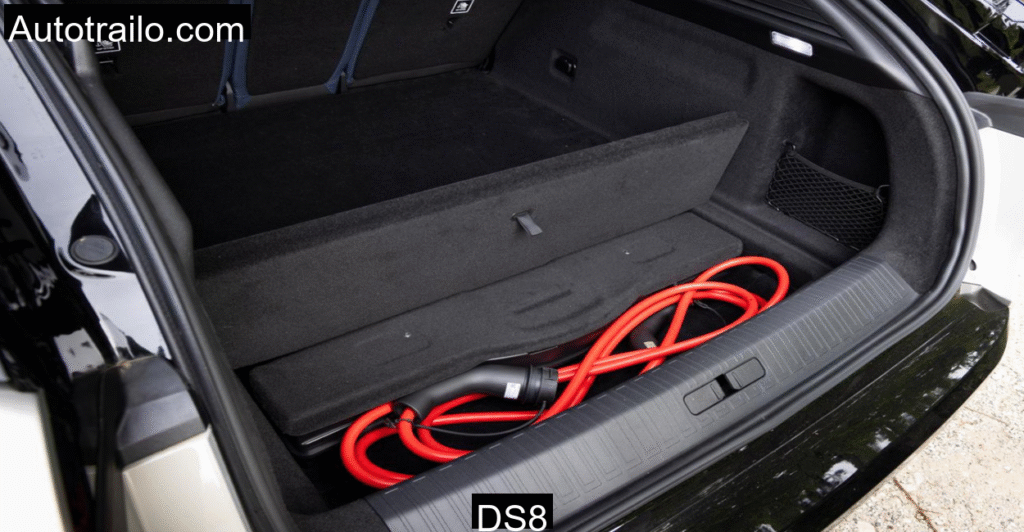
Where Technology Meets Intuition
There are tech-laden cars, and then there are cars where technology quietly enhances every second. The DS No. 8 belongs to the latter. While many premium cars impress with oversized screens and touch gimmicks, the DS draws you in with its balance. The central touchscreen delivers sharp visuals while maintaining a user-friendly, uncluttered interface. More importantly, physical buttons for climate and drive-assist functions remain. They are where they should be, and they respond exactly as you’d want them to.
Iris, the AI-powered assistant with ChatGPT integration, did not try to dazzle me with flashy dialogues. Instead, it helped me locate a recommended tea stall along our route, shared historical trivia about the bridge, and narrated a short story for my rear passengers when the clouds thickened. There was novelty, yes, but also genuine utility.
Navigation was seamless. As soon as I plotted a return trip, the car auto-activated its battery preconditioning. I didn’t need to dive through submenus. The system simply knew. That’s what stood out: the intelligence here wasn’t about complexity. It was about making the drive feel organic, almost human.
Charging, Consumption, and Real-World Range
This was the elephant in the cabin. Could the DS No. 8 really deliver close to 688 km on a full charge? In real-world mixed driving across the bridge, state highways, and some slow village detours, the display read an average of 18.4 kWh/100 km. That roughly translated to a real range of 525 to 540 km. Not quite the WLTP number, but certainly one of the best in the segment.
Charging was straightforward. A 160 kW DC charger brought the battery from 23 percent to 79 percent in just over 27 minutes. While not groundbreaking, it was more than acceptable for the segment. The heat pump and preconditioning ensured even charging in humid conditions was optimized. What’s more, I never once had range anxiety. The car always seemed to know how much buffer it needed.
The lack of an 800-volt architecture shows in longer sessions, but unless you are doing back-to-back 700 km runs, it will rarely be a concern. For most Indian drives, including the long stretches of the northeast, this setup is reassuringly complete.
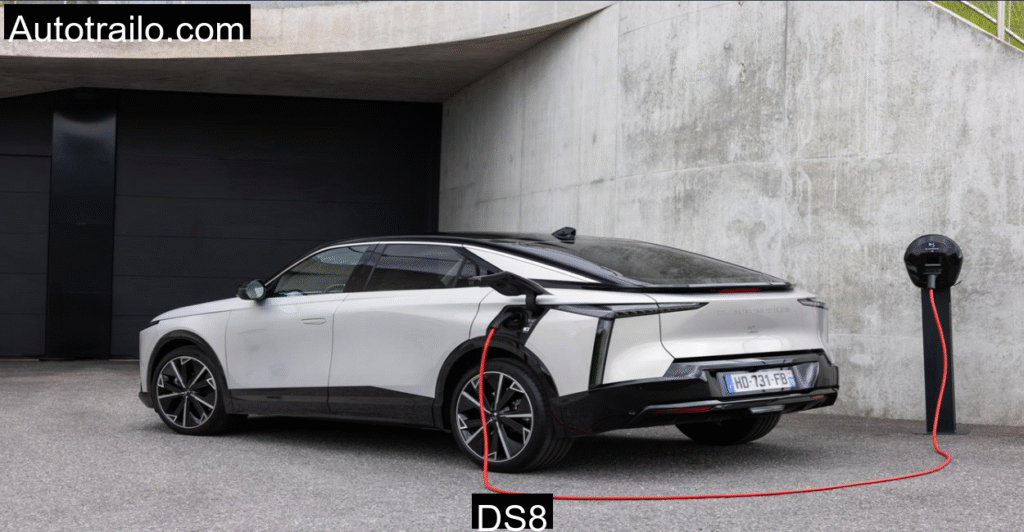
Interior Sophistication Meets Quirks
There’s no mistaking the DS No. 8 for anything else inside. From the crystal-like speaker covers to the floating central console, it screams French flair. And it works. The Jules Verne variant especially takes this aesthetic to a new level. The laser-cut cork and Alcantara trim on the doors, the ambient lighting, the suede-lined dash, it all elevates the tactile experience.
However, the car isn’t without minor hiccups. The rear seats, despite ample legroom, suffer from shallow cushions and lack under-thigh support. Taller passengers might find the rear headroom tight, especially with the optional glass roof. Also, while the boot capacity is decent, the absence of underfloor storage for cables or a front trunk feels like a missed opportunity.
Yet these quirks never overshadow the overall feeling of being inside something special. It’s rare for an SUV to feel both plush and purposeful. The DS No. 8 walks that line.
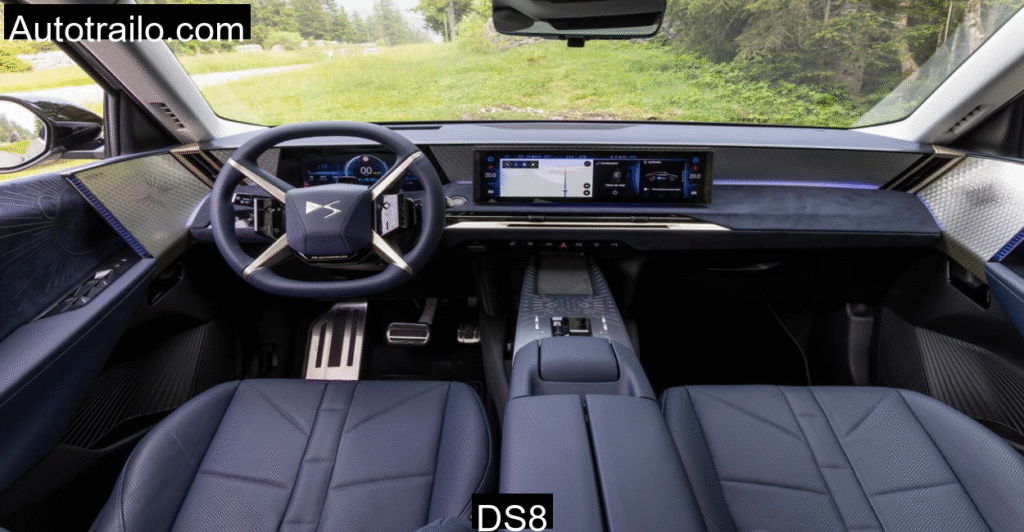
Technical Specifications: DS No. 8 AWD Long Range
All DS Automobile performance stats and specifications come straight from the manufacturer’s own platform.
| Specification | Detail |
| Powertrain | Dual-motor all-wheel drive |
| Power Output | 350 hp |
| Torque | 509 Nm |
| 0-100 km/h Acceleration | 5.4 seconds |
| Battery Type | Lithium-ion NMC |
| Battery Capacity (Usable) | 97.2 kWh |
| WLTP Range | 688 km |
| Combined WLTP Consumption | 16.6 kWh/100 km |
| Charging (DC Fast, 20-80%) | 27 minutes at 160 kW |
| Drive Type | All-wheel drive (non-permanent) |
| Top Speed | 190 km/h |
| Vehicle Length | 4.82 meters |
| Ground Clearance | 15.5 cm |
| Kerb Weight | 2,289 kg |
| Trunk Volume | 580 liters |
Conclusion: A Journey Beyond Kilometers
The DS No. 8 AWD left a lasting impression not because it went the farthest or the fastest, but because of how it made every kilometer feel like a privilege. It brought back something that many modern EVs miss in the pursuit of range or performance: personality.
Over the Dhola-Sadiya Bridge, with nothing but the river below and the clouds above, it felt like a floating lounge carved out of French imagination. The DS isn’t just a car you drive. It’s a car that transports you, physically and emotionally. And that, more than any 0 to 100 figure, is what defines a true grand tourer in the electric age.
FAQs
What driving mode gives the best efficiency in the DS No. 8?
Eco mode, paired with level 2 regenerative braking and preconditioned climate settings, delivered the best consumption numbers in our test.
Can the DS No. 8 handle broken roads or minor off-roading?
With 15.5 cm ground clearance and intelligent suspension, it handles rough patches well, but it’s not built for rugged terrain.
Is the one-pedal driving mode effective in daily traffic?
Yes. In stop-and-go conditions, especially on urban routes, the one-pedal mode feels intuitive and reduces braking fatigue.
Does the DS No. 8 feel too heavy during spirited driving?
The weight is noticeable, but well-managed. The low center of gravity and adaptive damping make it feel composed, even on twisty roads.
Is this a good family car for long road trips?
Absolutely. With exceptional range, noise insulation, and seat comfort up front, it makes for a superb long-distance companion.
